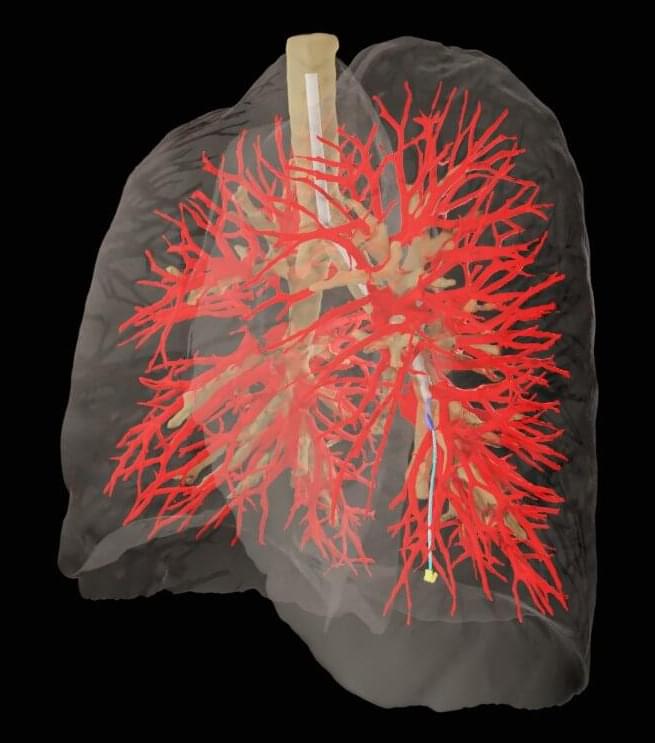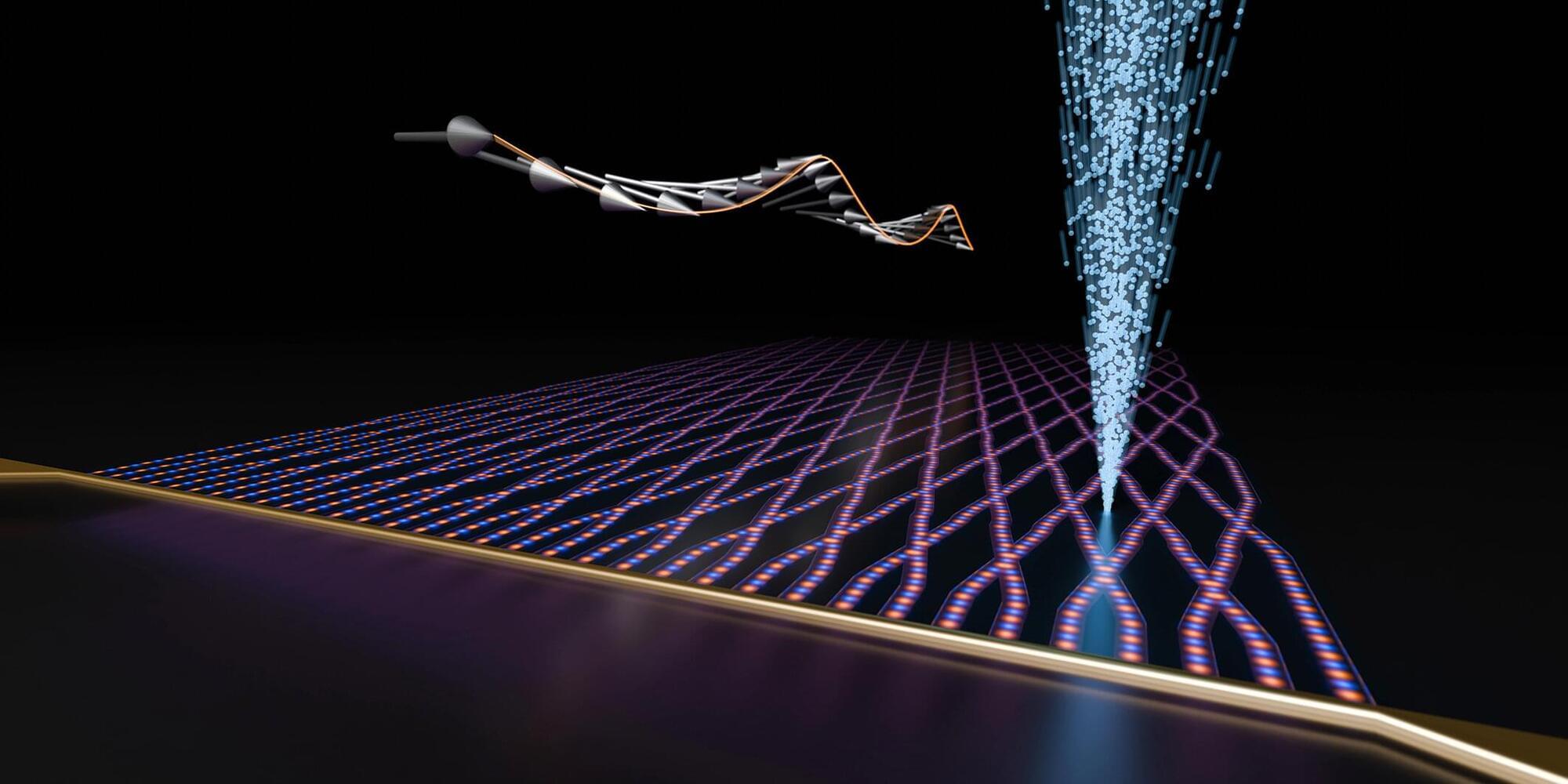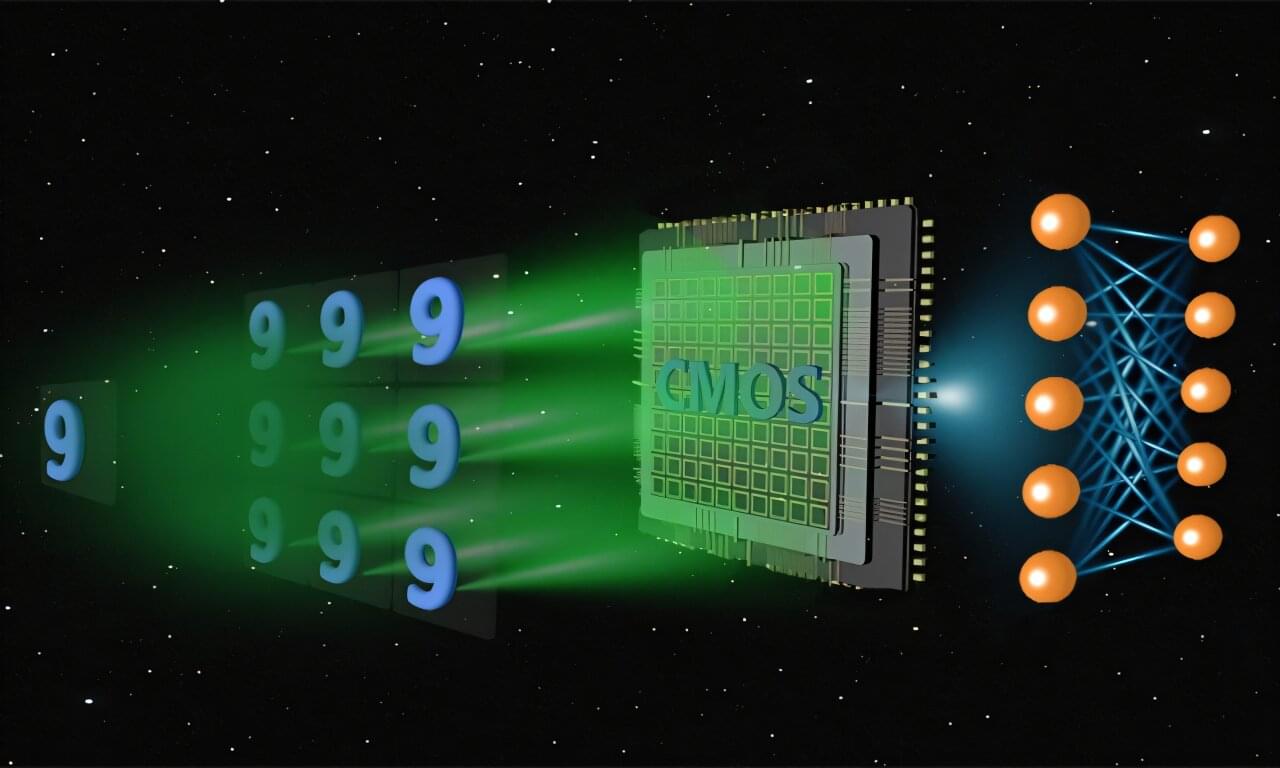SciArena uses votes by researchers to evaluate large language models’ responses on technical topics.



Conventional robots, like those used in industry and hazardous environments, are easy to model and control, but are too rigid to operate in confined spaces and uneven terrain. Soft, bio-inspired robots are far better at adapting to their environments and maneuvering in otherwise inaccessible places.

Imagine a physician attempting to reach a cancerous nodule deep within a patient’s lung—a target the size of a pea, hidden behind a maze of critical blood vessels and airways that shift with every breath. Straying one millimeter off course could puncture a major artery, and falling short could mean missing the cancer entirely, allowing it to spread untreated.
This is the high-stakes reality physicians face in thousands of procedures daily, where accuracy is critical and the task is complicated by anatomical obstacles that are non-penetrable or sensitive. Can artificial intelligence (AI) and robots help address these challenges and improve patient outcomes?
“A new era of “AI guidance” is dawning in medicine,” says Ron Alterovitz, Lawrence Grossberg Distinguished Professor in the Department of Computer Science. “Robots with advanced AI can assist physicians and automate certain tasks, enabling unprecedented levels of accuracy and making complex procedures safer and more effective.”


For decades, scientists have looked to light as a way to speed up computing. Photonic neural networks—systems that use light instead of electricity to process information—promise faster speeds and lower energy use than traditional electronics.
But despite their potential, these systems have struggled to match the accuracy of digital neural networks. A key reason: most photonic systems still mimic the structure and training methods of digital models, introducing errors when translating from software to hardware.
Now, a research team from Northwestern Polytechnical University and Southeast University in China has developed a new kind of photonic neural network that breaks free from this digital imitation. Their design, published in Advanced Photonics Nexus, uses physical transformations of light to process information directly, without relying on mathematical models. This approach not only improves accuracy but also highlights a new direction for building smarter, faster AI hardware.
Researchers from DZNE, Ludwig-Maximilians-Universität München (LMU), and Technical University of Munich (TUM) have found that the enzyme “gamma-secretase”—implicated in Alzheimer’s disease and cancer—selects its reaction partners according to a complex scheme of molecular features.
Their study, published in Nature Communications, introduces a methodology that decodes the enzyme’s recognition logic by bridging biochemistry with explainable artificial intelligence (AI). This novel approach could help to better understand the role of gamma-secretase in diseases and aid drug development.
Gamma-secretase is an enzyme belonging to the category of “proteases” that plays a key role in Alzheimer’s disease and cancer. It occurs in the membrane of numerous cells, including neurons, where—acting like a pair of scissors—it cleaves other membrane-bound proteins.

A robot trained on videos of surgeries performed a lengthy phase of a gallbladder removal without human help. The robot operated for the first time on a lifelike patient, and during the operation, responded to and learned from voice commands from the team—like a novice surgeon working with a mentor.
The robot performed unflappably across trials and with the expertise of a skilled human surgeon, even during unexpected scenarios typical in real life medical emergencies.
The federally-funded work, led by Johns Hopkins University researchers, is a transformative advancement in surgical robotics, where robots can perform with both mechanical precision and human-like adaptability and understanding.
“This advancement moves us from robots that can execute specific surgical tasks to robots that truly understand surgical procedures,” said medical roboticist Axel Krieger. “This is a critical distinction that brings us significantly closer to clinically viable autonomous surgical systems that can work in the messy, unpredictable reality of actual patient care.”


Artificial intelligence (AI) can be made more sustainable by making practical changes, such as reducing the number of decimal places used in AI models, shortening responses, and using smaller AI models, according to research from UCL published in a new UNESCO report.
In recent years, the use of generative AI has expanded rapidly, with large language models (LLMs) developed by companies such as OpenAI, Meta and Google becoming household names. For example, OpenAI’s ChatGPT service, powered by the GPT-4 LLM, receives about 1 billion queries each day.
Each generation of LLMs has become more sophisticated than the last, better able to perform tasks like text generation or knowledge retrieval. This has led to a vast and increasing demand on resources such as electricity and water, which are needed to run the data centers where these AI models are trained and deployed.